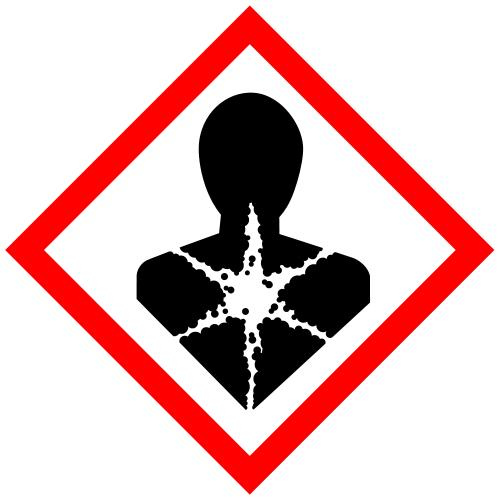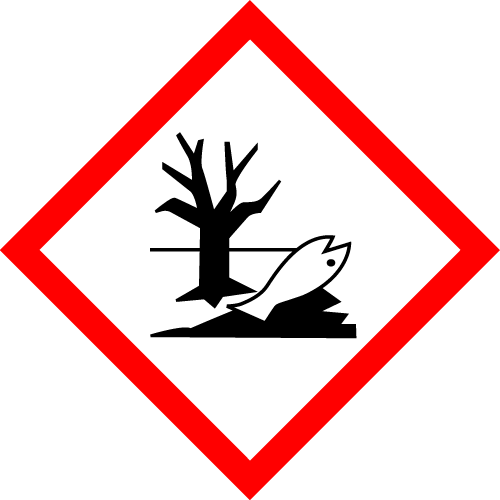Lead-Tin Yellow Lemon (Type I) Pigment
Lead-Tin Yellow Lemon (Type I) is a synthetic pigment made by heating lead and tin oxide together and frequently occurs in European painting before the 18th century.
Lead-Tin Yellow Lemon (Type I) is a synthetic pigment made by heating lead and tin oxide together and frequently occurs in European painting before the eighteenth century.
| Pigment Names | |
| Common Names: | English: lead-tin yellow French: jaune de plomb-étain German: Blei-Zinn Gelb Italian: giallo di piombo-stagno Russian: Свинцово-Оловянистая Spanish: amarillo de plomo-estan |
| Alternate Names: | massicot, giallolino, giallorino |
| Pigment Information | |
| Color: | Yellow |
| Pigment Classification: | Natural Inorganic |
| Colour Index: | Not Listed |
| Chemical Name: | Lead-Tin Oxide (Lead Stannate) |
| Chemical Formula: | Pb2SnO4 |
| CAS No.: | 12036-31-6 |
| Series No.: | 7 |
| ASTM Lightfastness | |
| Acrylic: | Not Listed |
| Oil: | Not Listed |
| Watercolor: | Not Listed |
| Physical Properties | |
| Particle Size (mean): | 12 microns |
| Density: | – |
| Hardness: | – |
| Refractive Index: | – |
| Oil Absorption: | 16 grams oil / 100 grams pigment |
| Health and Safety | DANGER! CONTAINS LEAD. HARMFUL IF SWALLOWED. Avoid ingestion and skin contact. Wear protective clothing and gloves to prevent contact with skin. Never use near children or pets. Conforms to ASTM D-4236. Proposition 65: Warning: This product contains lead, a chemical known to the State of California to cause cancer, birth defects and other reproductive harm. DANGER CONTAINS LEAD / CONTIENT DU PLOMB DO NOT APPLY TO SURFACES ACCESSIBLE TO CHILDREN OR PREGNANT WOMEN. NE PAS APPLIQUER SUR UNE SURFACE ACCESSIBLE AUX ENFANTS OU AUX FEMMES ENCEINTES. Must be used exclusively as material for the purposes of arts, crafts or hobbies, not for use by children. Utiliser uniquement aux fins suivantes comme matériaux pour les besoins d'art, d'artisanat ou passe-temps, pas pour une utilisation par les enfants. Always protect yourself against chronic hazards of this and other chemical products by keeping them out of your body. Do this by avoiding ingestion, excessive skin contact, and inhalation of spraying mists, sanding dusts and vapors from heating. |
For a detailed explanation of the terms in the table above, please visit Composition and Permanence.
Origin and History
Lead-tin yellow frequently occurs in European painting before the eighteenth century. The earliest recipes for a yellow pigment from lead and tin was found in the Bolognese manuscript from the first half of the fifteenth century. Old Italian manuscripts make reference to a pigment of pale yellow color called giallolino or giallorino while northern manuscripts use the term massicot (which now designates yellow lead oxide) to describe a pigment prepared from lead and tin.
Source
There are, in fact, two types of lead-tin yellow, designated as types I and II. Type I is lead-tin oxide and is most frequently found on old paintings. Type II is a second variety of lead-tin oxide that may contain free tin oxide and additional silicon. Possibly both types were used as opacifiers in ancient glasses. Lead-tin yellow (type I) is prepared by heating in a crucible a mixture of lead dioxide and tin dioxide to a temperature of about 800° C. Warmer hues of yellow appear at lower temperatures and at about 700–800° C, the more lemon-colored hues develop.
Permanence and Compatibility
Lead-tin yellow is not affected by light and is stable under normal atmosphere. On paintings, lead-tin yellow (type I) has been found mixed with lead white, vermilion, yellow lakes, ochres, verdigris, indigo and azurite.
Oil Absorption and Grinding
Lead-tin yellow a small amount of oil (16 g oil per 100 g of pigment). It is a fast dryer in oil paint and forms an excellent film.
Toxicity
Lead-tin yellow contains lead and is toxic. Utmost care should be used in handling the dry powder pigment to avoid inhaling the dust.
For more information on how to handle pigments safely, please visit How to Safely Handle Art Materials and Pigments.
| SKU | 437-53 |
|---|---|
| Brand | Rublev Colours |
| Vendor | Rublev Colours |
| Processing Time | Orders ship on Tuesdays and Thursdays. |
| Color | Yellow |
| Pigment Type | Inorganic, Historical, Synthetic |
DANGER! CONTAINS LEAD. HARMFUL IF SWALLOWED. Avoid ingestion and skin contact. Wear protective clothing and gloves to prevent contact with skin. Never use near children or pets. Read the SDS for all cautionary statements. Conforms to ASTM D 4236.
DANGER
CONTAINS LEAD / CONTIENT DU PLOMB
DO NOT APPLY TO SURFACES ACCESSIBLE TO CHILDREN OR PREGNANT WOMEN.
NE PAS APPLIQUER SUR UNE SURFACE ACCESSIBLE AUX ENFANTS OU AUX FEMMES ENCEINTES.
Must be used exclusively as material for the purposes of arts, crafts or hobbies, not for use by children. Utiliser uniquement aux fins suivantes comme matériaux pour les besoins d’art, d’artisanat ou passe-temps, pas pour une utilisation par les enfants.
Hazard Pictograms
 |  |  |
| GHS07: Exclamation Mark | GHS08-2: Health Hazard | GHS09: Environment |
Signal Word: Danger
Hazard Designation
H302 Harmful if swallowed.
H332 Harmful if inhaled.
H360 May damage fertility or the unborn child.
H373 May cause damage to organs through prolonged or repeated exposure.
H410 Very toxic to aquatic life with long lasting effects.
Safety Designation
P260 Do not breathe dust/fume/gas/mist/vapors/spray.
P261 Avoid breathing dust/ fume/ gas/ mist/ vapors/ spray.
P280 Wear protective gloves/ clothing/ eye/ face protection.
P281 Use personal protective equipment as required.
P405 Store locked up.
P501 Dispose of contents/ container according to regional, national and international regulations.


